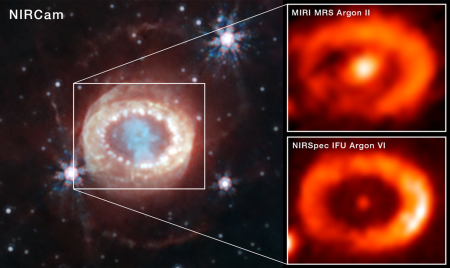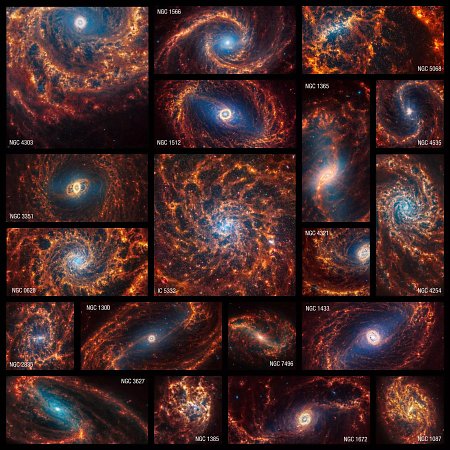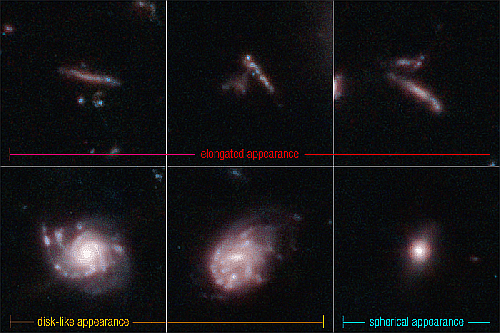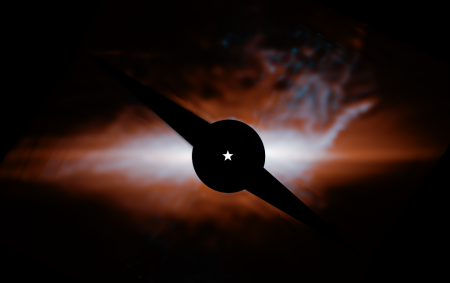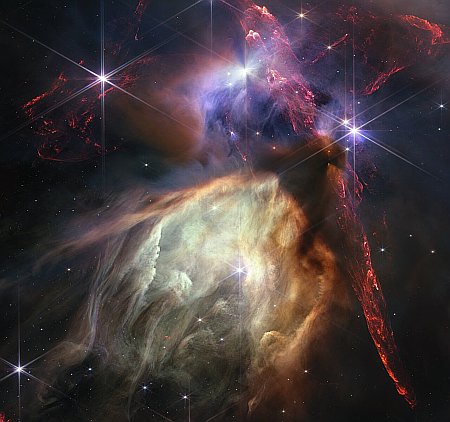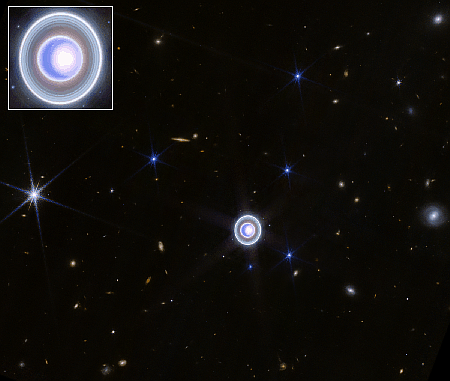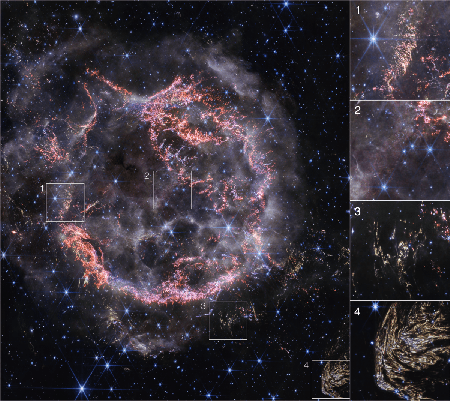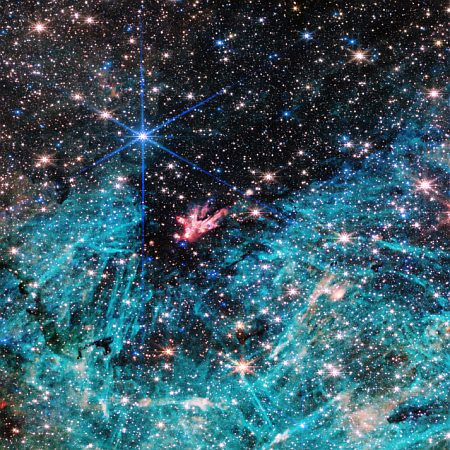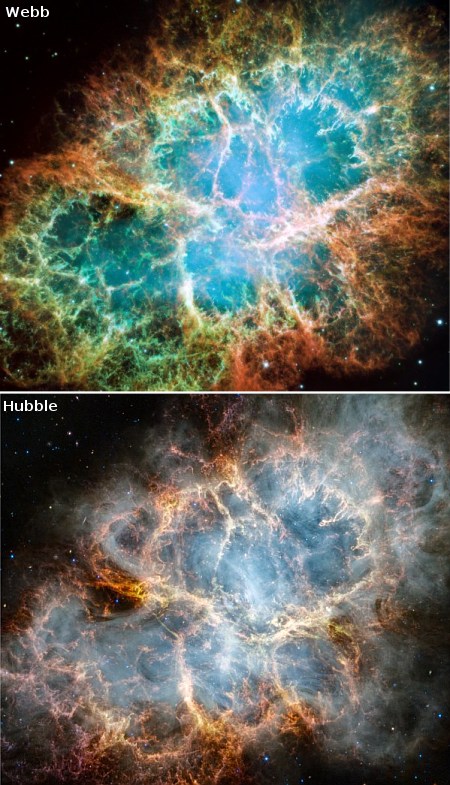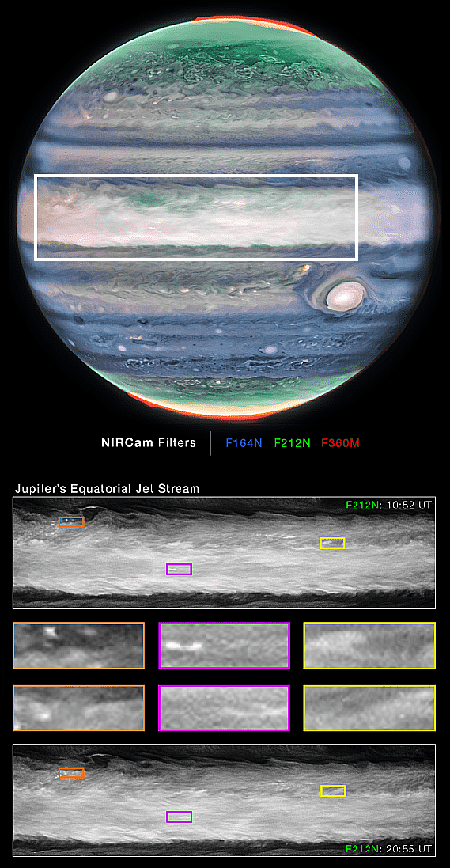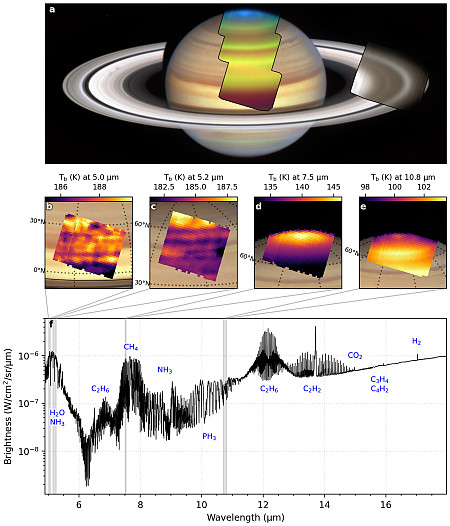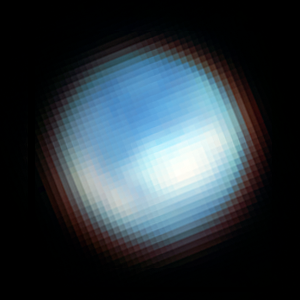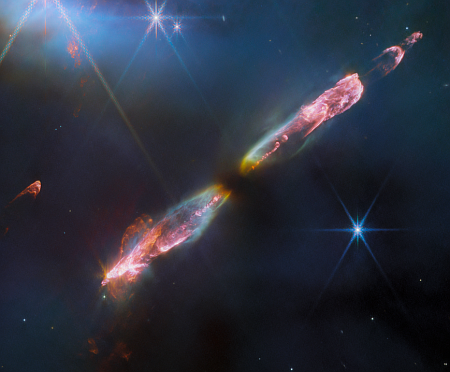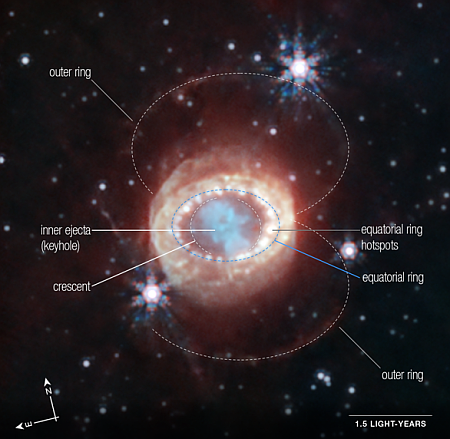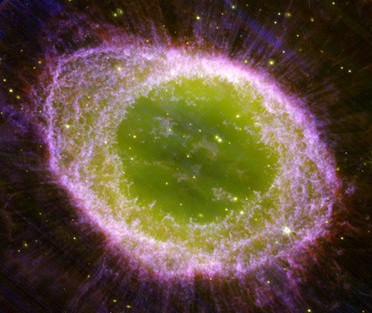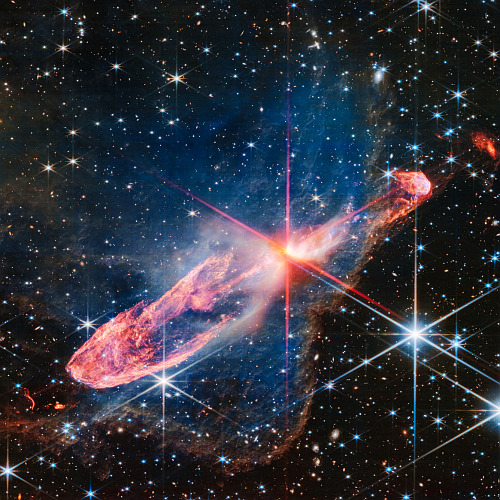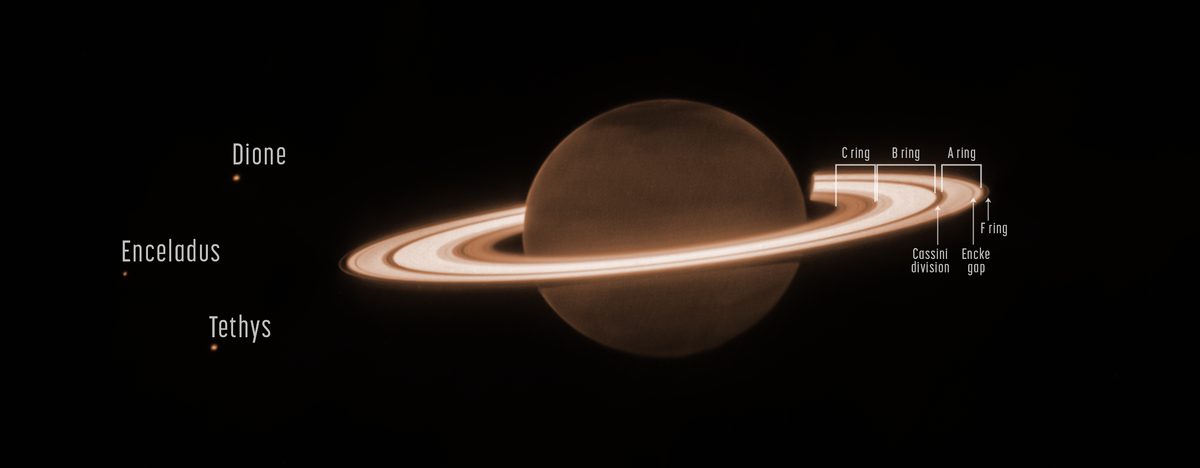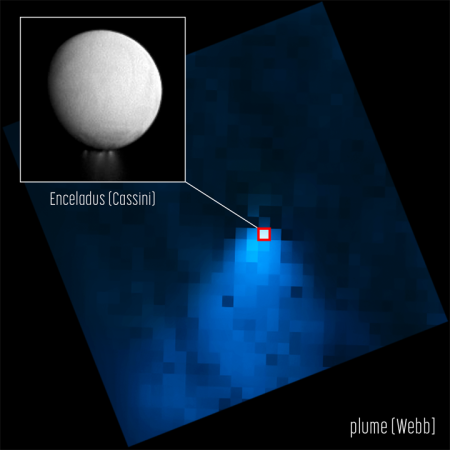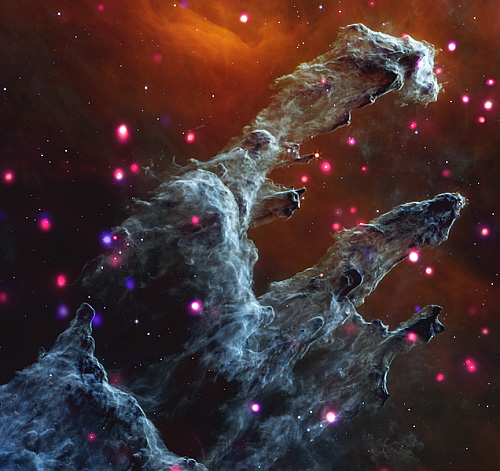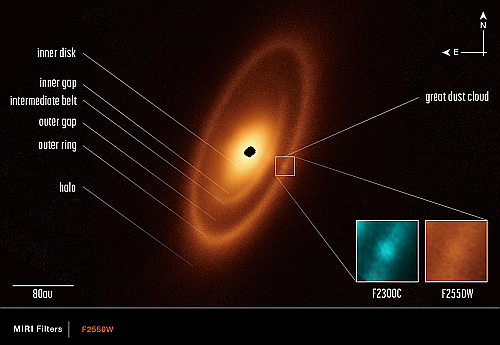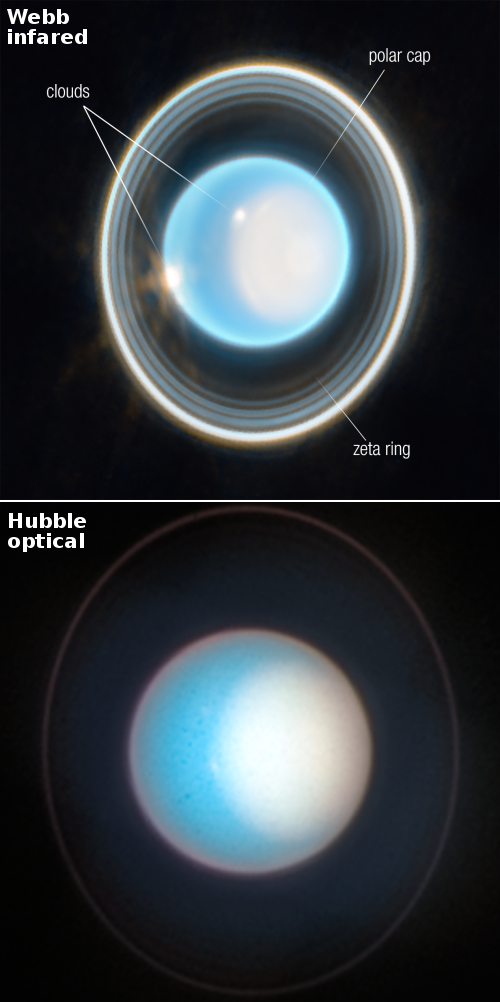Webb: Infrared data sees neutron star remaining after 1987 supernova, the nearest in more than 4 centuries
Using the Webb Space Telescope, astronomers have obtained infrared data that confirms the existence of a neutron star at the location of Supernova 1987a, located in the Large Magellanic Cloud, the nearest such supernova in more than four centuries and the only one visible to the naked eye since the invention of the telescope.
Indirect evidence for the presence of a neutron star at the center of the remnant has been found in the past few years, and observations of much older supernova remnants — such as the Crab Nebula — confirm that neutron stars are found in many supernova remnants. However, no direct evidence of a neutron star in the aftermath of SN 1987A (or any other such recent supernova explosion) had been observed, until now.
…Spectral analysis of the [Webb] results showed a strong signal due to ionized argon from the center of the ejected material that surrounds the original site of SN 1987A. Subsequent observations using Webb’s NIRSpec (Near-Infrared Spectrograph) IFU at shorter wavelengths found even more heavily ionized chemical elements, particularly five times ionized argon (meaning argon atoms that have lost five of their 18 electrons). Such ions require highly energetic photons to form, and those photons have to come from somewhere.
That “somewhere” has to be a neutron star, based on present theories. The image above shows three different Webb views of Supernova 1987a, with the one on the lower right suggesting the existence of a point source at the center of the supernova remnant. In the left image the circular ring of bright spots is an older ring of dust and material that has been lit up by the crash of the explosive material (as indicated in blue at the center) flung out from the star when it went supernova and collapsed into a neutron star. That wave of explosive material took several decades to reach the ring and enflame it.
Using the Webb Space Telescope, astronomers have obtained infrared data that confirms the existence of a neutron star at the location of Supernova 1987a, located in the Large Magellanic Cloud, the nearest such supernova in more than four centuries and the only one visible to the naked eye since the invention of the telescope.
Indirect evidence for the presence of a neutron star at the center of the remnant has been found in the past few years, and observations of much older supernova remnants — such as the Crab Nebula — confirm that neutron stars are found in many supernova remnants. However, no direct evidence of a neutron star in the aftermath of SN 1987A (or any other such recent supernova explosion) had been observed, until now.
…Spectral analysis of the [Webb] results showed a strong signal due to ionized argon from the center of the ejected material that surrounds the original site of SN 1987A. Subsequent observations using Webb’s NIRSpec (Near-Infrared Spectrograph) IFU at shorter wavelengths found even more heavily ionized chemical elements, particularly five times ionized argon (meaning argon atoms that have lost five of their 18 electrons). Such ions require highly energetic photons to form, and those photons have to come from somewhere.
That “somewhere” has to be a neutron star, based on present theories. The image above shows three different Webb views of Supernova 1987a, with the one on the lower right suggesting the existence of a point source at the center of the supernova remnant. In the left image the circular ring of bright spots is an older ring of dust and material that has been lit up by the crash of the explosive material (as indicated in blue at the center) flung out from the star when it went supernova and collapsed into a neutron star. That wave of explosive material took several decades to reach the ring and enflame it.

